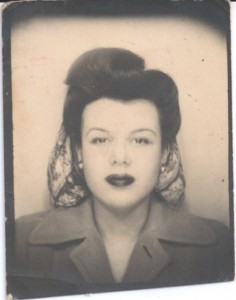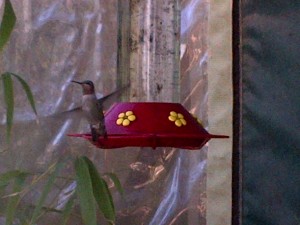As I’ve written before, my new book involves a lot of research and since parts of it are loosely based on events in the life of my family, I’ve become an Ancestry.com addict.
Over these past couple of months, what has been so remarkable has been the generosity of persons I’ve asked for help. I mean, look. I’m a complete stranger. Sending an email out into cyberspace and asking a person I’ve never met (and probably never will) if s/he can answer a question or lead me to information about a specific point feels risky. And the range of my questions (and the replies) is amazing. I’ve asked about the sales price of a particular, 1930’s era model car; about the interior layout of a Hudson River Steamboat; how a certain street in the Bronx would have looked in the 1930’s. It goes on and on. What’s so surprising and gratifying is how willing and helpful complete strangers have turned out to be.
Who would of thunk it!?

It’s especially wonderful because these last two months have been difficult for us. Luisa has experienced an almost constant pain that has managed to defy the analysis of our local medical community. So, of course, I’ve been even more distracted than usual (and that’s a lot!!). But thanks to the internet and my hummingbird approach to writing, I’m moving ahead with the new book. 190 pages in and still feeling enthused.
So what’s the takeaway? It’s that people are pretty darn terrific if you give them half a chance!

 Because this novelis set in real places and at a real time in history, I needed to do a lot of basic research before
Because this novelis set in real places and at a real time in history, I needed to do a lot of basic research before restaurant. I’ll need to pop in, write what I can, and zoom off to the next thing.
restaurant. I’ll need to pop in, write what I can, and zoom off to the next thing.